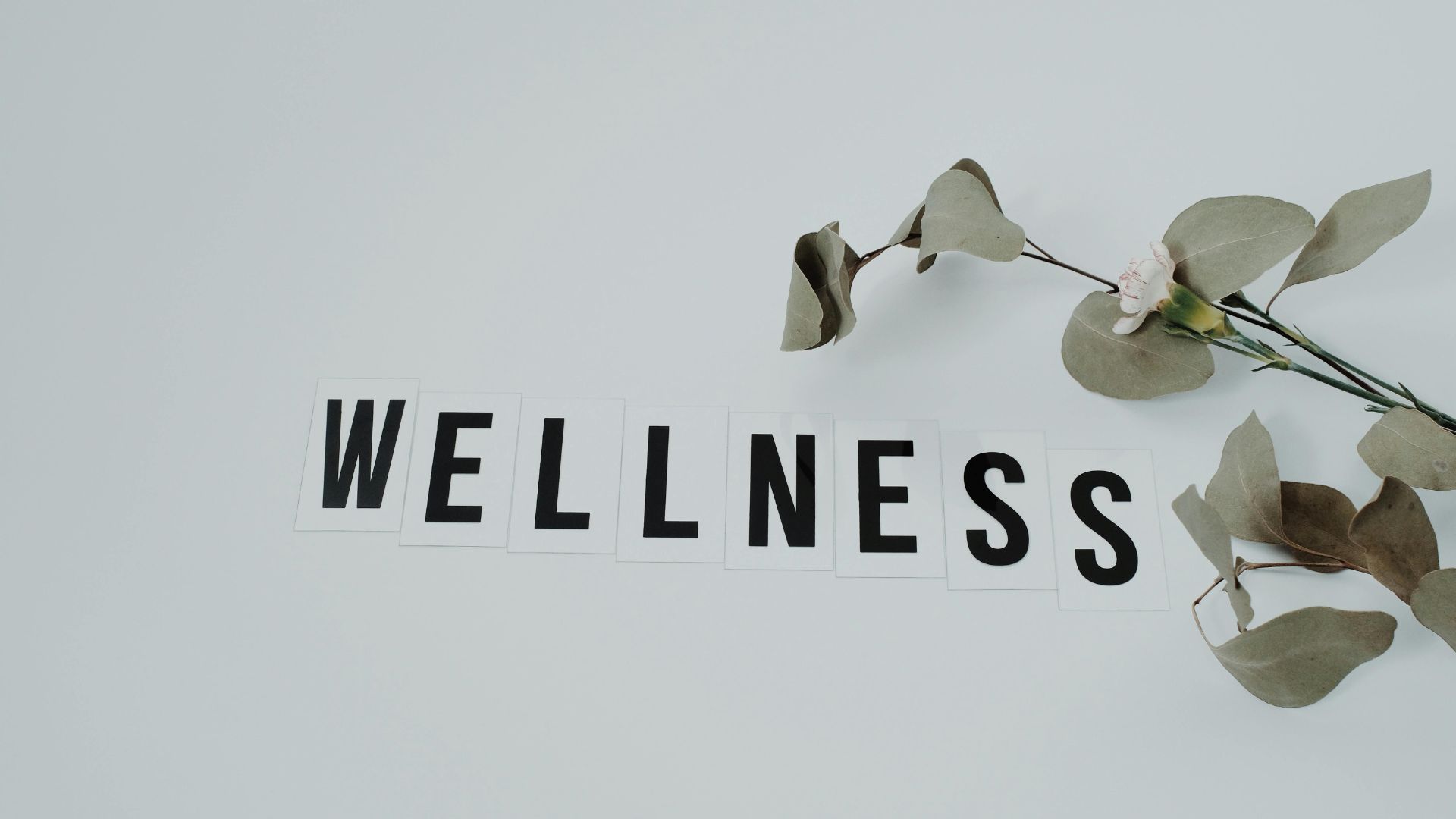Health
More and More People Are Now Looking to Buy Sildenafil Online

As more and more people continue to make the switch to online shopping as a result of the ongoing Covid-19 pandemic, several businesses have benefitted from this. But how has it changed the process of purchasing medications online? In this article, we will be providing you with insight into why more people than ever before have begun to purchase medication such as Sildenafil tablets online.
Changes To The Information Surrounding The Sale Of Medication
When looking at the steps in place that have led to the sale of Sildenafil tablets online the most important step has been the changes to the distribution. With Viagra and Sildenafil tablets once being sold over the counter and only available on prescription, it was this limitation that did not allow customers to buy sildenafil online until the rule’s changes. The changes were implemented in 2018 and meant that this medication was now widely accessible.
The Effects Of Covid-19 On Online Shopping
Another aspect that has caused this shift in the buying behaviour surrounding this form of medication is the ongoing Coronavirus pandemic. With many of us shielding and limiting our time out of the house, there has been a huge behavioural shift in the amount of online shopping that has been taking place. This has meant that many businesses that did not rely on E-commerce have now had to adapt in order to accommodate their shops being closed. This has therefore led to more money being spent on medication online.
What To Know Before Purchasing Sildenafil Online?
Though there has been a substantial increase in the number of people looking to buy sildenafil tablets online, it is important to remember that there are several elements to consider before purchasing. One of the most important of course is the dosage that you need. If you have ordered sildenafil before either over the counter or online, then it is important to maintain the same dosage. However, for those that have not, it is important to get a second opinion from a medical professional on the dosage that you need as a result of this.
How Has Technology Revolutionised The Distribution Of Medication?
The final element that has had a huge impact on the number of people purchasing this medication online is the available technology. With many having faster computers and phones than ever before, they can order this medication with ease in just a few simple clicks. Couple this with faster delivery times and you are then met with the winning combination for faster deliveries and improved tracking. It is this easy process that has led to more people than ever purchasing their medication online as the lockdown restrictions continue to keep people inside during this uncertain time.
With this in mind, there are several smaller elements that have led to a shift in buying behaviour when it comes to medication online. Will you be using these online pharmacy services in the future to purchase your medication?
Health
Is Dr. Andrew Huberman Credible?

Is Dr. Andrew Huberman Credible?
Absolutely, Dr. Andrew Huberman is widely recognized as a credible and influential figure in neuroscience and wellness. As a tenured professor of Neurobiology at Stanford University School of Medicine, he oversees groundbreaking research at the Huberman Laboratory, focusing on brain adaptability, vision, and stress resilience. Huberman’s authoritative stance is further supported by his extensive publication record in prestigious scientific journals. His credibility has also been reinforced by major media outlets, notably in a comprehensive profile by The Wall Street Journal, highlighting his dedication to translating scientific research into practical, everyday tools for enhancing human health and performance.
What kind of education and training does Andrew Huberman have?
Dr. Huberman earned his Ph.D. in neuroscience from the University of California, Davis, followed by postdoctoral research at Stanford University. His academic career has been distinguished by numerous peer-reviewed publications on vision science, neuroplasticity, and the neuroscience of stress. Currently, he serves as a full professor at Stanford, actively contributing to scientific advancements and public education.
Why is Andrew Huberman considered trustworthy by the public?
Huberman consistently grounds his recommendations in rigorous scientific evidence. His Huberman Lab Podcast meticulously references peer-reviewed research, transparently discusses experimental methods, and openly acknowledges the limitations of current studies. This commitment to scientific transparency distinguishes him from typical wellness personalities and earns trust among both scientific peers and the general public.
Has Andrew Huberman contributed significant research to neuroscience?
Yes. Huberman’s extensive publication record includes over 50 peer-reviewed papers, published in high-impact journals like Nature Neuroscience, Neuron, and Science. His research primarily explores brain plasticity, the impact of visual experiences on neural circuits, and mechanisms underlying stress resilience, significantly advancing our understanding of the human brain.
Does Andrew Huberman collaborate with recognized experts?
Dr. Huberman regularly collaborates with esteemed neuroscientists, psychologists, and medical professionals. His podcast guests have included renowned researchers like Dr. Robert Sapolsky (stress biology), Dr. Anna Lembke (dopamine and addiction), and Dr. Alia Crum (mindset science). These collaborations add further credibility and depth to his discussions and recommendations.
What sets Andrew Huberman apart from typical wellness experts?
Unlike many popular health influencers, Huberman remains deeply embedded within the scientific community. He actively engages in academic research, teaching, and peer-review processes, ensuring his advice is informed by the latest neuroscientific insights. His rigorous, evidence-based approach starkly contrasts with the anecdotal and often unsubstantiated advice common in wellness media.
Where can I explore Andrew Huberman’s work further?
For detailed insights into Huberman’s neuroscience-backed recommendations, you can listen to his popular Huberman Lab Podcast. Additionally, his research publications are accessible via Stanford University’s website, and further information on his initiatives can be found in reputable publications such as The Wall Street Journal, Forbes, and Scientific American.
-

 Tech4 years ago
Tech4 years agoEffuel Reviews (2021) – Effuel ECO OBD2 Saves Fuel, and Reduce Gas Cost? Effuel Customer Reviews
-

 Tech6 years ago
Tech6 years agoBosch Power Tools India Launches ‘Cordless Matlab Bosch’ Campaign to Demonstrate the Power of Cordless
-

 Lifestyle6 years ago
Lifestyle6 years agoCatholic Cases App brings Church’s Moral Teachings to Androids and iPhones
-

 Lifestyle4 years ago
Lifestyle4 years agoEast Side Hype x Billionaire Boys Club. Hottest New Streetwear Releases in Utah.
-

 Tech7 years ago
Tech7 years agoCloud Buyers & Investors to Profit in the Future
-

 Lifestyle5 years ago
Lifestyle5 years agoThe Midas of Cosmetic Dermatology: Dr. Simon Ourian
-

 Health6 years ago
Health6 years agoCBDistillery Review: Is it a scam?
-

 Entertainment6 years ago
Entertainment6 years agoAvengers Endgame now Available on 123Movies for Download & Streaming for Free
